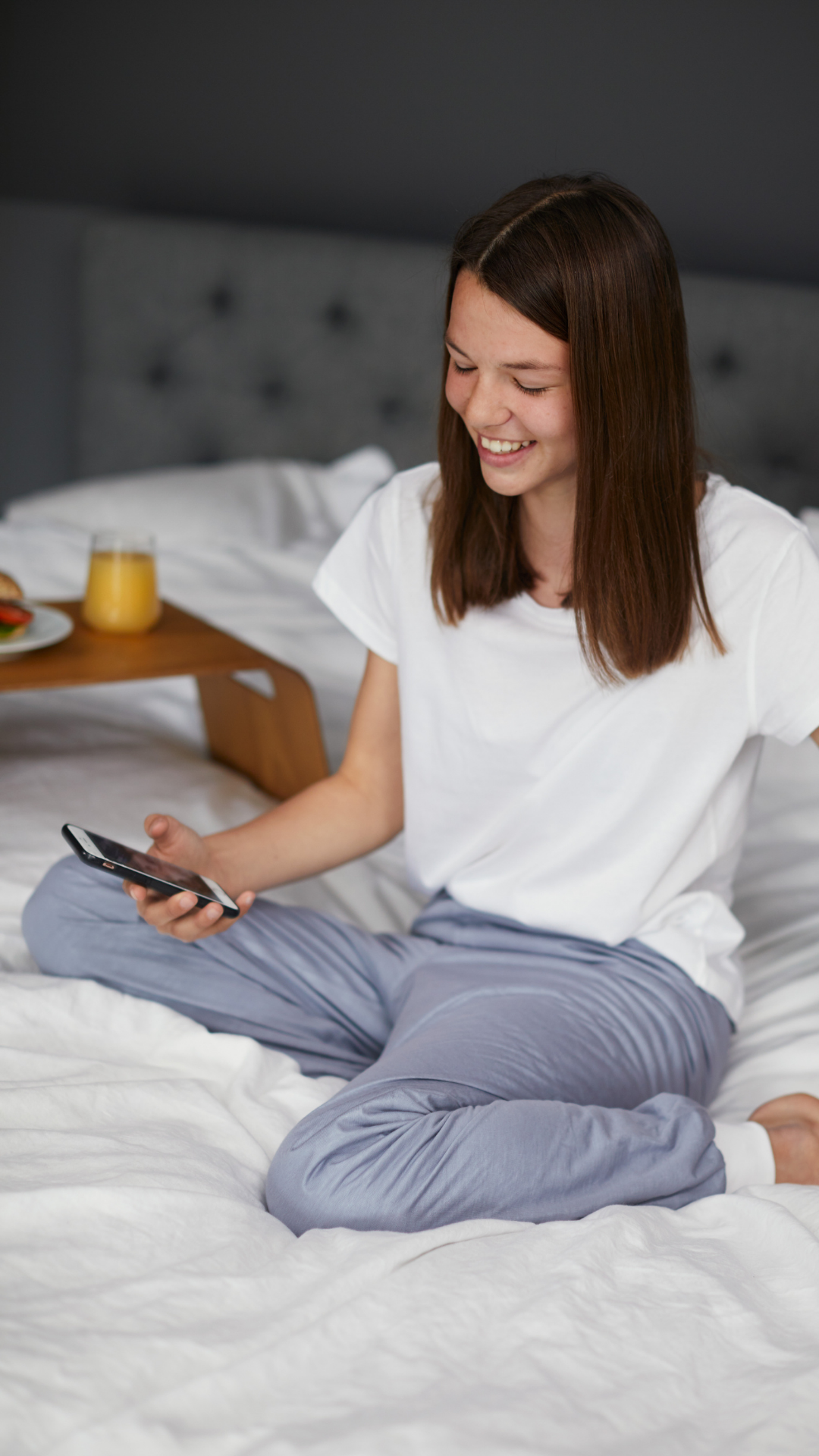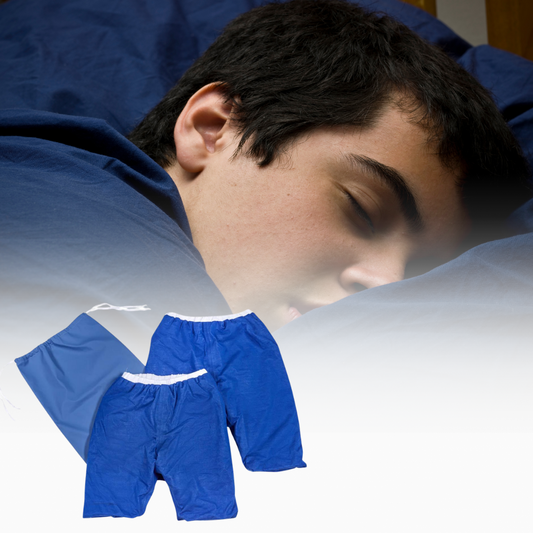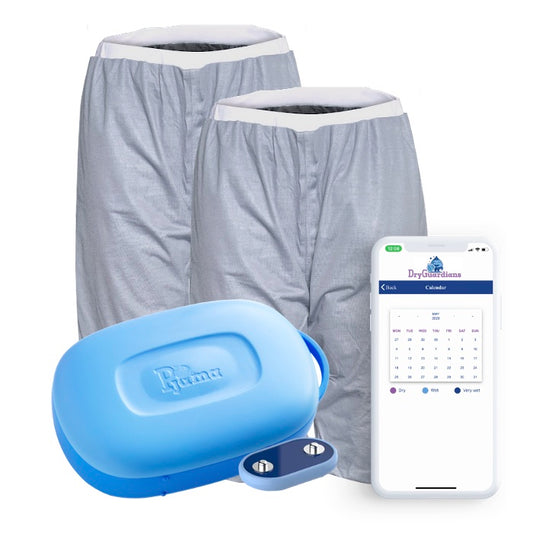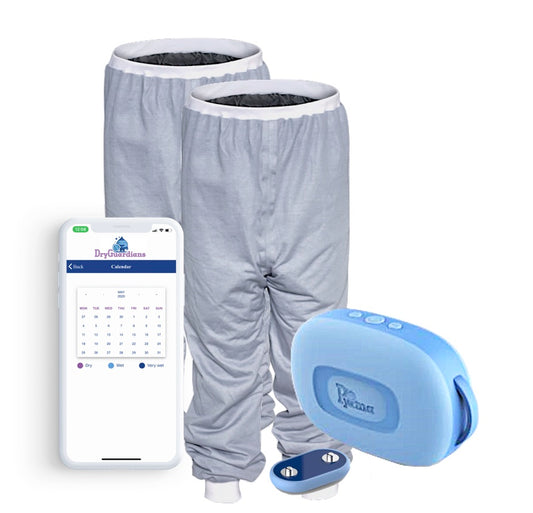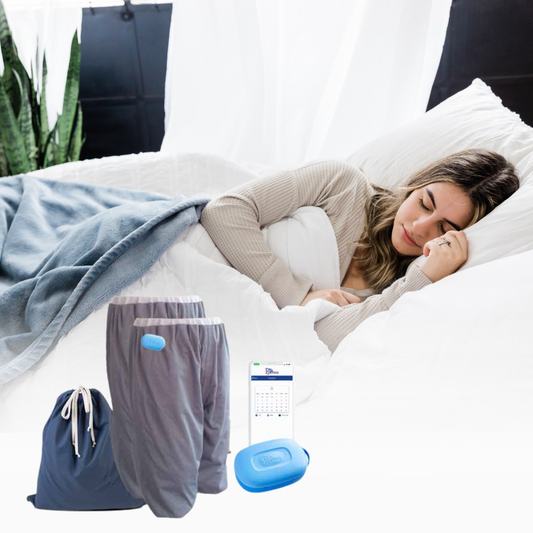5 Top Tips for Starting a Bedwetting Alarm Treatment in Australia

Bedwetting alarms are a highly effective method for helping children overcome nocturnal enuresis, with success rates of up to 80% in some cases. However, achieving these results requires careful planning and consistent effort from both parents and children. Here are five top tips to ensure a successful bedwetting alarm treatment in Australia:
1. Choose the Right Time to Start
Avoid Stressful Periods: Begin the treatment during a period with minimal stress and no travel commitments. This ensures that your child can focus on the training without additional pressures.
Motivation is Key: Ensure your child is motivated and understands the purpose of the alarm. If they are not concerned about bedwetting, it might be better to wait until they are a bit older.
2. Select the Appropriate Alarm Type
Body-Worn vs. Bell and Pad Alarms: Decide between personal alarms that attach to the child's underwear, are incorporated into the garment, or a bell and pad alarm that use a moisture-sensitive mat under the sheet. Consult with a healthcare professional to determine which type is best for your child.
Wireless Options: Consider wireless alarms for convenience and comfort, especially for older children or teenagers.
Pjama offers two types of bedwetting alarms;
Pjama Bedwetting Alarm System: This system includes an alarm and a sensor that attaches to Pjama Treatment Pants, Shorts or Pjama Underwear. It connects via Bluetooth to the Pjama alarm speaker and/or your phone. Should an accident occur, the sensitive sewn-in sensor threads in the pants or underwear will react quickly and activate the Bedwetting Alarm.
Pjama Connect Bedwetting Alarm: This is a standalone sensor that can be placed in your own underwear or Pjama Absorbent Underwear, connecting to your phone and/or the Pjama Alarm Speaker.
When using your phone as the alarm unit you can record your own alarm or set it to vibrate for discreet alerts.
3. Prepare Your Child and Environment
Explain the Process: Clearly explain how the alarm works and what your child should do when it goes off. Roleplay the scenario to ensure they understand the steps: turning off the alarm, visiting the toilet, changing clothes, and resetting the alarm.
Use Waterproof Protectors: Have waterproof mattress protectors and spare pyjamas ready to minimize cleanup and stress. If you use the Pjama treatment pants or shorts they will absorb the urine. Have an extra pair of dry Pjama pants or shorts ready to change into after the accident.
4. Encourage Independence and Consistency
Let the Alarm Do Its Job: Initially, you may need to wake your child when the alarm sounds, but gradually let them take responsibility for waking up and following the routine independently.
Use a Reward System: Implement a reward chart to track progress and motivate your child. This can include rewards for wearing the alarm, waking up independently, and having dry nights.
Utilize the DryGuardians App
Tracking Progress: Use the DryGuardians app to log your child's progress, set reminders, and access expert tips for a successful treatment. This app is free and available for both Android and iOS devices
Customised Advice: The app provides tailored advice based on your child's data, helping you adjust the treatment as needed
5. Combine with Good Daytime Habits
Hydration and Toilet Habits: Ensure your child drinks plenty of water during the day, takes regular toilet breaks, and completely empties their bladder before bedtime. Avoid caffeinated and sugary drinks in the evening.
The Pjama Watch can be used for discretely reminding the wearer to go to the toilet and drink water
Professional Support: If needed, seek guidance from a healthcare professional or continence service to ensure the treatment is tailored to your child's needs.
By following these tips, you can significantly enhance the effectiveness of a bedwetting alarm treatment for your child. Remember, patience and consistency are crucial, as the process may take several weeks to a few months to achieve lasting result.
